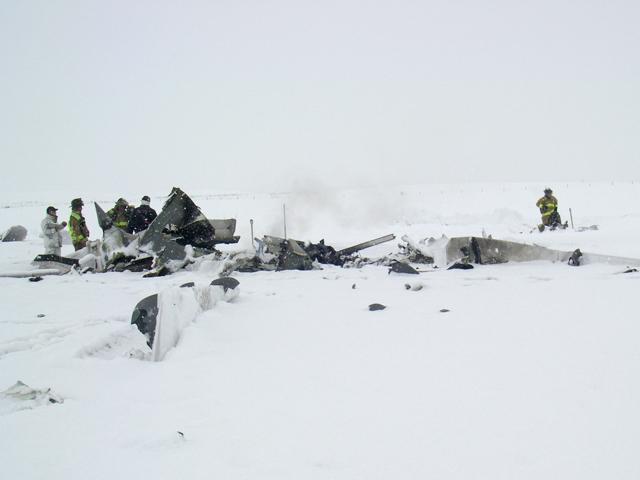Country
Crash of a Pilatus PC-12/47E in Weert: 2 killed
Date & Time:
Oct 16, 2009 at 0824 LT
Registration:
PH-RUL
Survivors:
No
Schedule:
Budel - Egelsbach
MSN:
1130
YOM:
2009
Flight number:
PHRUL
Crew on board:
1
Crew fatalities:
Pax on board:
1
Pax fatalities:
Other fatalities:
Total fatalities:
2
Captain / Total hours on type:
84.00
Aircraft flight hours:
95
Circumstances:
The aircraft took off from Budel-Kempen Airport runway 21 at 0822LT. After liftoff, pilot was instructed to make a left turn and was cleared to climb to 2,000 feet. While flying in clouds, the autopilot was disengaged. The aircraft rolled to the right then entered a steep descent and crashed in an open field located in Weert, east of the airport. The aircraft disintegrated on impact and both occupants were killed, among them Paul Evers, Director of Alko International.
Probable cause:
Technical or medical problems could not be ruled out according to Dutch Safety Board. However, it was considered likely that the pilot suffered from spatial disorientation.
Factors were:
- the fact that the autopilot disengaged;
- the high work load following loss of autopilot, during a single-pilot flight;
- the lack of training and experience on advanced aircraft like the PC-12 in manually flying the aircraft in IMC in a non-normal situation.
Factors were:
- the fact that the autopilot disengaged;
- the high work load following loss of autopilot, during a single-pilot flight;
- the lack of training and experience on advanced aircraft like the PC-12 in manually flying the aircraft in IMC in a non-normal situation.
Final Report:
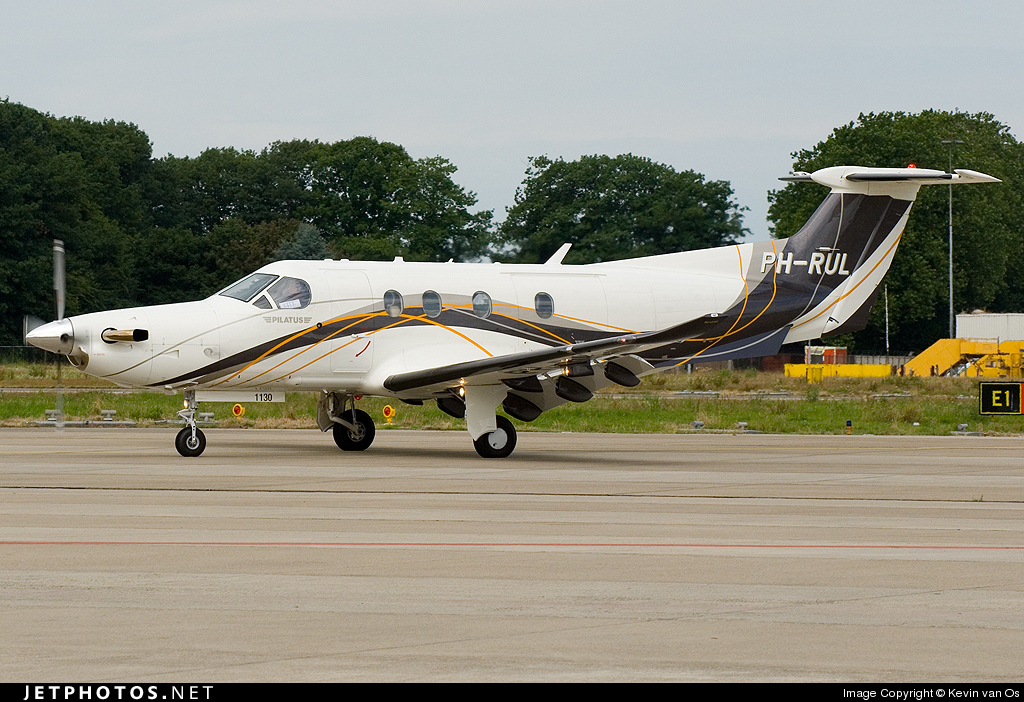

Crash of a Pilatus PC-12/45 in Raphine: 4 killed
Date & Time:
Jul 5, 2009 at 1002 LT
Registration:
N578DC
Survivors:
No
Schedule:
Teterboro - Tampa
MSN:
570
YOM:
2004
Crew on board:
1
Crew fatalities:
Pax on board:
3
Pax fatalities:
Other fatalities:
Total fatalities:
4
Captain / Total hours on type:
715.00
Aircraft flight hours:
723
Circumstances:
While in instrument meteorological conditions flying 800 feet above the airplane’s service ceiling (30,000 feet), with no icing conditions reported, the pilot reported to the air traffic controller that he, “...lost [his] panel.” With the autopilot most likely engaged, the airplane began a right roll about 36 seconds later. The airplane continued in a right roll that increased to 105 degrees, then rolled back to about 70 degrees, before the airplane entered a right descending turn. The airplane continued its descending turn until being lost from radar in the vicinity of the accident site. The airplane impacted in a nose-down attitude in an open field and was significantly fragmented. Postaccident inspection of the flight control system, engine, and propeller revealed no evidence of preimpact failure or malfunction. The flaps and landing gear were retracted and all trim settings were within the normal operating range. Additionally, the airplane was within weight and balance limitations for the flight. The cause of the pilot-reported panel failure could not be determined; however, the possibility of a total electrical failure was eliminated since the pilot maintained radio contact with the air traffic controller. Although the source of the instrumentation failure could not be determined, proper pilot corrective actions, identified in the pilot operating handbook, following the failure most likely would have restored flight information to the pilot’s electronic flight display. Additionally, a standby attitude gyro, compass, and the co-pilot’s electronic flight display units would be available for attitude reference information assuming they were operational.
Probable cause:
The pilot's failure to maintain control of the airplane while in instrument meteorological conditions following a reported instrumentation failure for undetermined reasons.
Final Report:
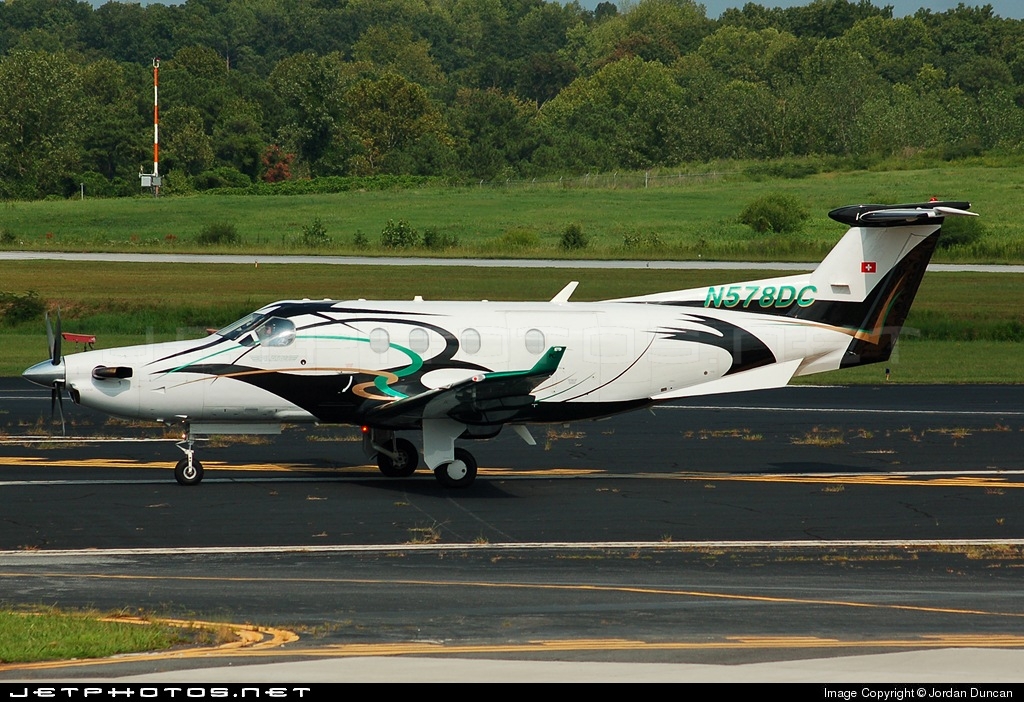
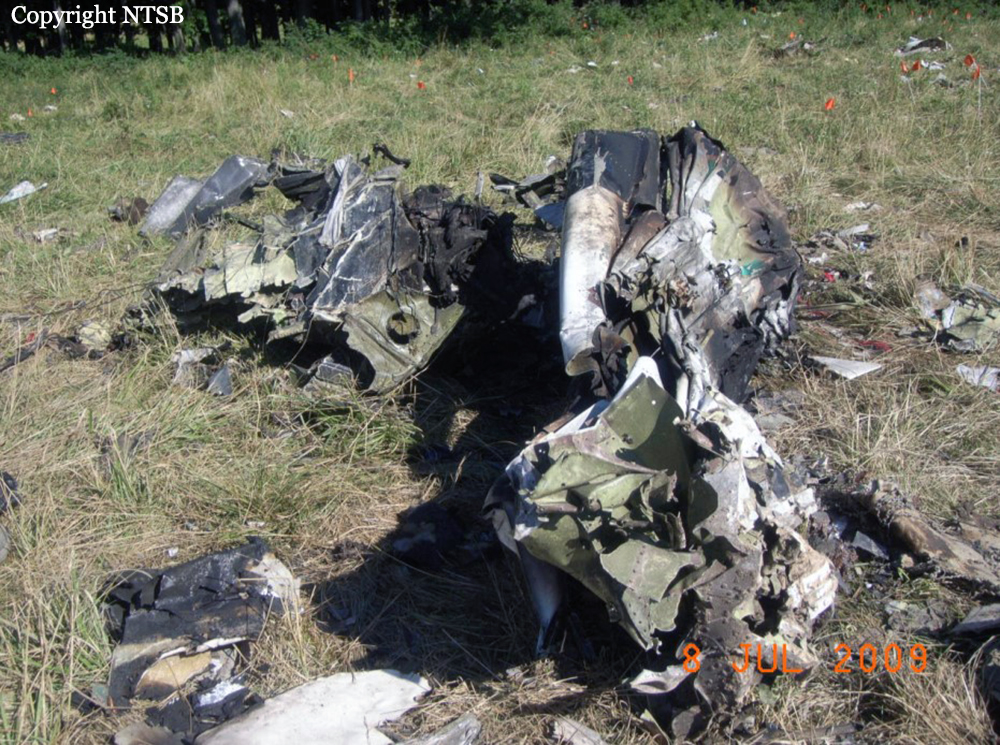
Crash of a Pilatus PC-12/45 in Butte: 14 killed
Date & Time:
Mar 22, 2009 at 1430 LT
Registration:
N128CM
Survivors:
No
Schedule:
Oroville - Bozeman
MSN:
403
YOM:
2001
Crew on board:
1
Crew fatalities:
Pax on board:
13
Pax fatalities:
Other fatalities:
Total fatalities:
14
Captain / Total hours on type:
1760.00
Aircraft flight hours:
1916
Circumstances:
On March 22, 2009, about 1432 mountain daylight time, a Pilatus PC-12/45, N128CM, was diverting to Bert Mooney Airport (BTM), Butte, Montana, when it crashed about 2,100 feet west of runway 33 at BTM. The pilot and the 13 airplane passengers were fatally injured, and the airplane was substantially damaged by impact forces and a post crash fire. The airplane was owned by Eagle Cap Leasing of Enterprise, Oregon, and was operating as a personal flight under the provisions of 14 Code of Federal Regulations Part 91. The flight departed Oroville Municipal Airport, Oroville, California, on an instrument flight rules flight plan with a destination of Gallatin Field, Bozeman, Montana. Visual meteorological conditions prevailed at the time of the accident.
Probable cause:
(1) the pilot’s failure to ensure that a fuel system icing inhibitor was added to the fuel before the flights on the day of the accident;
(2) his failure to take appropriate remedial actions after a low fuel pressure state (resulting from icing within the fuel system) and a lateral fuel imbalance developed, including diverting to a suitable airport before the fuel imbalance became extreme; and
(3) a loss of control while the pilot was maneuvering the left-wing-heavy airplane near the approach end of the runway.
(2) his failure to take appropriate remedial actions after a low fuel pressure state (resulting from icing within the fuel system) and a lateral fuel imbalance developed, including diverting to a suitable airport before the fuel imbalance became extreme; and
(3) a loss of control while the pilot was maneuvering the left-wing-heavy airplane near the approach end of the runway.
Final Report:


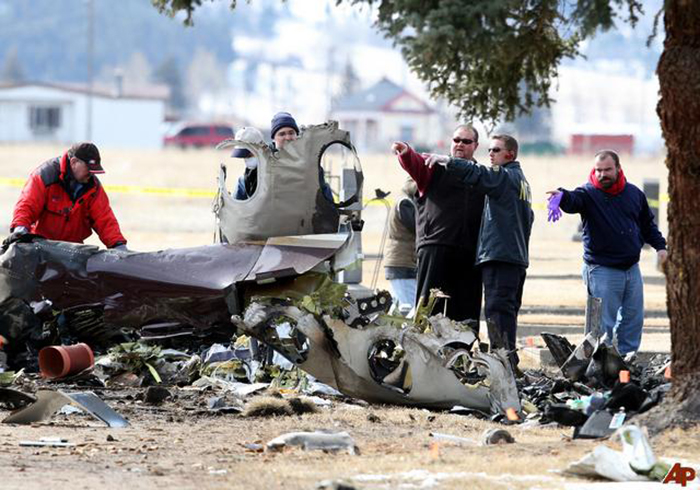
Crash of a Pilatus PC-12/45 in Hayden: 2 killed
Date & Time:
Jan 11, 2009 at 0942 LT
Registration:
N604WP
Survivors:
No
Schedule:
Hayden - Chino
MSN:
604
YOM:
2004
Crew on board:
1
Crew fatalities:
Pax on board:
1
Pax fatalities:
Other fatalities:
Total fatalities:
2
Captain / Total hours on type:
82.00
Aircraft flight hours:
558
Circumstances:
The pilot had filed an instrument flight rules flight plan with a planned departure time of 0700 in order to arrive at his intended destination in time for a planned engagement. He and his passenger arrived at the airport approximately 0800 and requested that the airplane be fueled. The airplane was pulled from its heated hangar into heavy snowfall and fueled at 0917. As the airplane sat outside in the heavy snowfall, a measurable amount of wet slushy snow accumulated on the airplane. The Fixed Base Operator manager suggested to the pilot that the airplane be deiced, but he declined. The airplane was then pulled out to the taxiway in an effort to prevent it from becoming stuck in the snow. At 0939, approximately 22 minutes after the airplane was pulled out if its hangar, the pilot departed with a visibility of 3/4 of a mile in snow and with a 4-knot direct tailwind. The pilot then made a right turn and announced that he was heading to his first waypoint. The airplane continued into an ever tightening right turn until it impacted the ground while in an inverted position about one mile north-northwest of the runway. An examination of the airplane’s wreckage revealed no anomalies with either the engine or airframe that would have contributed to the loss of control. The airplane’s Pilot Operating Handbook and Airplane Flight Manual contained the following limitation: "The aircraft must be clear of all deposits of snow, ice and frost adhering to the lifting surfaces immediately prior to takeoff."
Probable cause:
The pilot's loss of control due to snow/ice contamination on the airplane's lifting surfaces as a result of his decision not to deice the airplane before departure.
Final Report:
